Financial Statements FY 2024: £835.9M (PDF Page 31)
Estates and Facilities | The European Conservative: Was Brexit Worth the ‘Boriswave’
Periodic Table of Videos | Scones: British Food History
Student Living: Seafood Chowder with Cheese Scones

“I know that I am mortal by nature, and ephemeral;
but when I trace at my pleasure the windings to and fro of the heavenly bodies,
I no longer touch Earth with my feet:
I stand in the presence of Zeus himself and take my fill of ambrosia.”
— Ptolemy, “Mathematike Syntaxis” 150 A.D
Planetariums in schools and colleges play a central in enhancing astronomy and astrophysics education. They provide immersive experiences that can ignite students’ interest and curiosity about the universe, making complex astronomical concepts more comprehensible and engaging. Observatories do much that but with direct access to telescopes and other observational tools — frequently away from campus — thus allowing them to engage in hands-on learning and real-time data collection.
Establishing research and teaching programs present special occupancy challenges. The cost of high-quality telescopes and equipment, along with the need for a suitable location with minimal light pollution, can be substantial. Additionally, schools require trained staff to guide students in using the equipment and interpreting data. Weather conditions and geographical location also impact the effectiveness of observatories. Despite these hurdles, the educational value of observatories is immense, providing students with unique opportunities to explore the universe and cultivate a passion for scientific inquiry.
Today we examine both occupancies using our SAFER-SIMPLER-LOWER COST-LONGER LASTING discipline. Use the login credentials at the upper right of our home page at the usual hour.
Purdue University: Grand Universe planning liftoff in Hamilton County
The International Building Code includes various sections that address safety requirements relevant to observatories and planetariums. Key parts of the IBC that cover these requirements include:
These chapters collectively ensure that planetariums and observatories are designed and constructed with safety, accessibility, and functionality in mind. For detailed information, it is recommended to refer to the latest edition of the IBC and consult with a professional knowledgeable in building codes and standards.
World Astronomy Day is Saturday, and to celebrate we are showing off some of our favorite pictures of the Albion College Observatory. The Albion College Observatory was constructed from 1883-1884 under the direction of Dr. Samuel Dickie. #ThrowbackThursday #TBT #MyAlbion pic.twitter.com/ixgtAMlP4z
— Albion College (@albioncollege) May 13, 2021
Designing and building a telescope for teaching and light research at a college or university requires a detailed consideration of both the telescope itself and the supporting infrastructure. Here are the central architectural features:
Telescope Structure:
Support Infrastructure:
By integrating these architectural features, a college or university can create a functional and effective observatory that supports both teaching and light research in astronomy.
University of Michigan | Detroit Observatory
Designing and building a planetarium for public use involves careful consideration of various architectural features to ensure functionality, aesthetics, and a positive visitor experience. Here are the central architectural features required:
These architectural features are essential to create a functional, welcoming, and educational environment in a planetarium for public use.
The largest planetarium on a U.S. college or university campus is the Fiske Planetarium at the University of Colorado Boulder. The Fiske Planetarium features a 65-foot diameter dome and has undergone significant technological upgrades, making it one of the most advanced planetariums in the country. It offers a variety of shows, including live demonstrations and immersive experiences that simulate different cosmic phenomena and environments (CU Connections).
In the pursuit of Knowledge,
every day something is added.
In the practice of the Way,
every day something is dropped.
Less and less do you need to force things,
until finally you arrive at non-action.
When nothing is done,
nothing is left undone.
— Lao Tzu
“If you want to eat turkey on Thanksgiving you better go catch one”
– Me, to my two year old pic.twitter.com/Bd4mOgQHZj— Ryan Leachman (@RG_Leachman) November 21, 2025
United States Department of Agriculture | Turkey Standards Country Report
“The secret of great fortunes without apparent cause
is a crime forgotten, for it was properly done.”
Are they hedge funds with a side hustle in teaching, research and building construction? Are they tricked out memorial gardens for philanthropists? In either case leaders of educational settlements are expected to act in the best interests of both their institution and their donors, and to maintain high standards of transparency, accountability, and ethical conduct when accepting charitable gifts.
University endowments are comprised of money or other financial assets that are donated to academic institutions. Charitable donations are the primary source of funds for endowments. Endowment funds support the teaching, research, and public service missions of colleges and universities.
In the case of endowment funds for academic institutions, the income generated is intended to finance a portion of the operating or capital requirements of the institution. In addition to a general university endowment fund, institutions may also maintain a number of restricted endowments that are intended to fund specific areas within the institution, including professorships, scholarships, and fellowships.
More
2021 NACUBO-TIAA Study of Endowments
University of Michigan: Policy Guidelines for Naming of Facilities, Spaces and Streets
Dartmouth University Endowment Report 2023
https://www.dartmouth.edu/investments/docs/dartmouthendowmentreport2023.pdf
The largest philanthropic gift ever given to a United States college or university is the donation of $9.6 billion made by MacKenzie Scott to various organizations, including several universities, in 2020. Scott, the ex-wife of Amazon founder Jeff Bezos, made the donation as part of her commitment to give away the majority of her wealth to charitable causes. The universities that received donations from Scott include historically black colleges and universities, community colleges, and research universities such as the University of California, San Diego, and Johns Hopkins University. The donation was considered significant not only for its size but also for its focus on supporting organizations that serve underrepresented and marginalized communities.
There are several standards and best practices that are generally followed by universities and colleges when accepting charitable gifts. These standards are designed to ensure that the gift is used effectively and that the interests of both the donor and the institution are protected. Some of the key standards include:
Overall, universities and colleges are expected to act in the best interests of both their institution and their donors, and to maintain high standards of transparency, accountability, and ethical conduct when accepting charitable gifts.
IES Standards Open for Public Review
Standard Practice on Lighting for Educational Facilities
Recommended Practice: Lighting Retail Spaces
IES Method for Determining Correlated Color Temperature
Today we feature the catalog of the Illumination Engineering Society — one of the first names in standards-setting in illumination technology, globally* with particular interest in its leading title IES LP-1 | LIGHT + DESIGN Lighting Practice: Designing Quality Lighting for People and Buildings.
From its prospectus:
“…LIGHT + DESIGN was developed to introduce architects, lighting designers, design engineers, interior designers, and other lighting professionals to the principles of quality lighting design. These principles; related to visual performance, energy, and economics; and aesthetics; can be applied to a wide range of interior and exterior spaces to aid designers in providing high-quality lighting to their projects.
Stakeholders: Architects, interior designers, lighting practitioners, building owners/operators, engineers, the general public, luminaire manufacturers. This standard focuses on design principles and defines key technical terms and includes technical background to aid understanding for the designer as well as the client about the quality of the lighted environment. Quality lighting enhances our ability to see and interpret the world around us, supporting our sense of well-being, and improving our capability to communicate with each other….”
The entire catalog is linked below:
Illumination technologies run about 30 percent of the energy load in a building and require significant human resources at the workpoint — facility managers, shop foremen, front-line operations and maintenance personnel, design engineers and sustainability specialists. The IES has one of the easier platforms for user-interest participation:
IES Standards Open for Public Review
Because the number of electrotechnology standards run in the thousands and are in continual motion* we need an estimate of user-interest in any title before we formally request a redline because the cost of obtaining one in time to make meaningful contributions will run into hundreds of US dollars; apart from the cost of obtaining a current copy.
We maintain the IES catalog on the standing agendas of our Electrical, Illumination and Energy colloquia. Additionally, we collaborate with experts active in the IEEE Education & Healthcare Facilities Committee which meets online 4 times monthly in European and American time zones; all colloquia online and open to everyone. Use the login credentials at the upper right of our home page to join us.
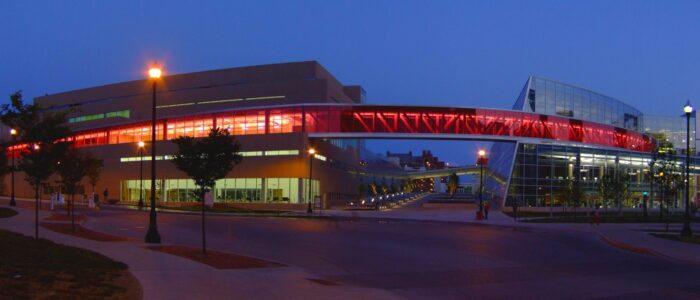
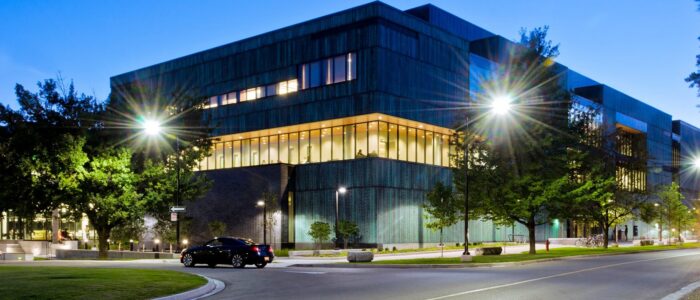
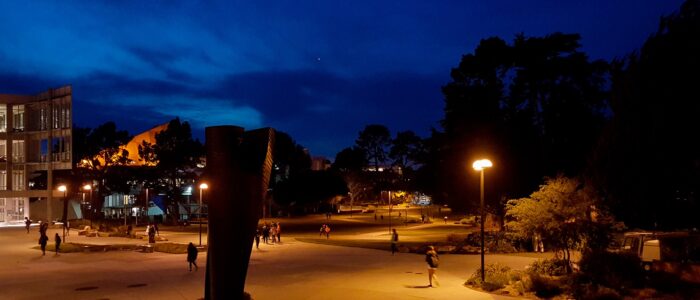
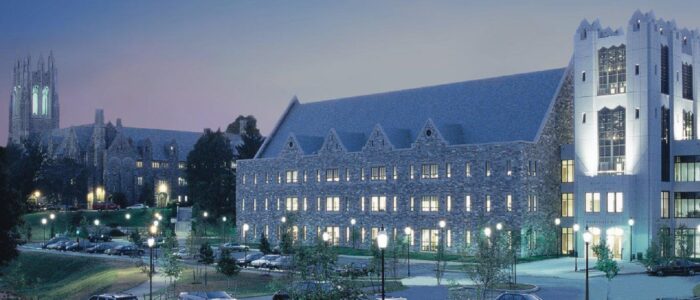

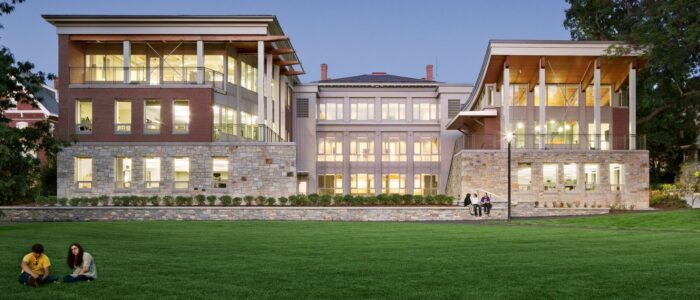
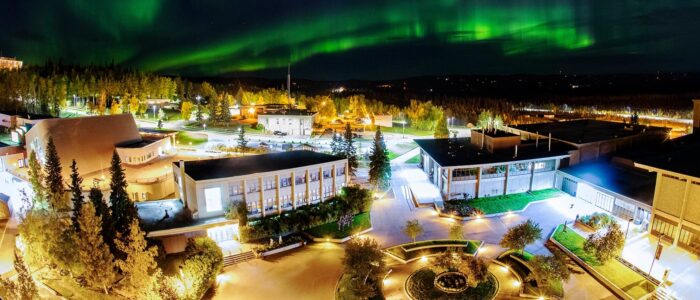

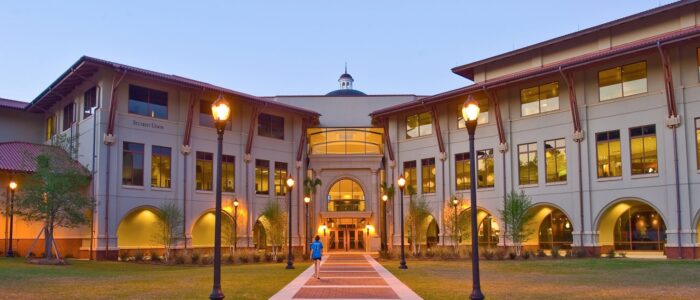
Issue: [Various}
Category: Electrical, Energy, Illumination, Facility Asset Management
Colleagues: Mike Anthony, Gary Fox, Jim Harvey, Kane Howard, Glenn Keates, Daleep Mohla, Giuseppe Parise, Georges Zissis
* “Brownian Motion” comes to mind because of the speed and interdependencies.
LEARN MORE:
Illuminating Engineering Society Welcomes New Director of Development
Shayna Bramley Brings 21 years of Lighting Industry Experience to IESTo learn more, to go: https://t.co/YApdTPvR8E pic.twitter.com/PGDCtO4jrC
— Illuminating Engineering Society (@The_IES) December 26, 2018
The LD+A editorial and sales team members just couldn’t resist visiting Bugsy and Meyer’s Steakhouse (covered in the December 2021 issue) while in Las Vegas for LightFair! Read up on the details of the shadowy project here: https://t.co/7eoLPT69Dx #TheIES #LightFair2022 #lighting pic.twitter.com/uWmolsNpMz
— Illuminating Engineering Society (@The_IES) June 22, 2022
New update alert! The 2022 update to the Trademark Assignment Dataset is now available online. Find 1.29 million trademark assignments, involving 2.28 million unique trademark properties issued by the USPTO between March 1952 and January 2023: https://t.co/njrDAbSpwB pic.twitter.com/GkAXrHoQ9T
— USPTO (@uspto) July 13, 2023
Standards Michigan Group, LLC
2723 South State Street | Suite 150
Ann Arbor, MI 48104 USA
888-746-3670
